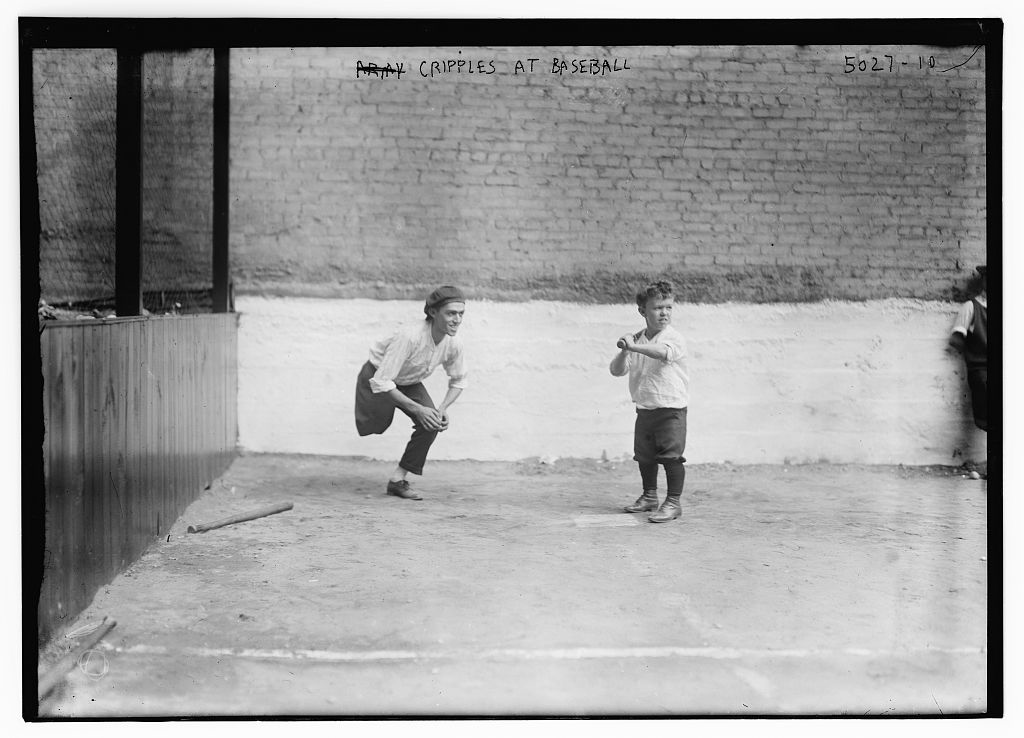See 2023 expanded update on this article.
Announcing the Reform to Equal Rights: K-12 Disability History Curriculum - open February 28, 2023! Free - 23 lessons - 200+ primary sources - inquiry-based - focus on agency by disabled advocates - Link here for the disability history curriculum.
State Standards
There is growing awareness among state policy makers that teaching Disability History is past due. California’s 2011 Fair Education Act included people with disabilities among groups whose history must be taught. Other states followed. In 2018, new Massachusetts History and Social Science Framework integrated several pivotal developments in disability history, from Dorothea Dix to the 1990 Americans with Disabilities Act. (Find a list of Disability History standards as well as lesson plans in the Emerging America library of Teaching Resources.)
The rationale for teaching the history of this large and vital group of Americans only begins with state content standards.
Already Teaching Disability History–But Backwards
In his essay, Disability and the Justification of Inequality in American History, at the Disability History Museum, Dr. Douglas Baynton notes the, “reflexive deniability of disability among those seeking equality” across American history (including 19th century women and African-Americans, and the corresponding exclusion of immigrants with disabilities). His point in part is that schools have taught the history of disability all along–in this case, referring to undesirable traits that women and black activists declared themselves better than–yet with little thought about the rightness or the impacts of such a case. What are today’s students with disabilities to think when they witness the school’s unquestioned acceptance of such arguments?
Note that Disability History often emerges naturally with a modest recasting of the typical U.S. History narrative. For example, Antebellum reformers built schools for blind and deaf students even as well as struggling for Temperance, women's rights, and Abolitionism. A critical impact of war across American history has been the growth of both charities and government to meet needs of veterans. The ideology of Eugenics damaged people and communities across categories of race, gender, nationality, and ability. And civil rights movements emerged in concert after WWII among inter-related groups, including African-Americans, women, gays and lesbians, Latinos, Native Americans, and people with disabilities.
People with Disabilities and Culturally Relevant Pedagogy
(See discussion in the Library of Congress TPS Teachers Network. You must join this free network to participate.)
What do we mean by culture when we speak of Culturally Relevant Pedagogy (CRP)? Appropriately grounded in her own community, Gloria Ladson-Billings (“But That’s Just Good Teaching: The Case for Culturally Relevant Pedagogy”) conducted her landmark research on CRP in majority African-American schools. Certainly race, ethnicity, and gender have long driven promotion and support for culturally responsive teaching. Today, given our agency’s nearly 50 years of work in Special Education, we at Emerging America urge application of CRP with students with disabilities. These students belong to many communities–by geography, interest and activities–just like any students. Yet it is worth asking how students with disabilities can benefit from exploring the history and culture of people with disabilities. How might students gain from having the choice to act in solidarity with diverse cultures of other people with disabilities?
Empowerment through History and Civic Engagement
In his 1977 speech celebrating successful advocacy for regulations to enforce Section 504 of the Rehabilitation Act of 1973, San Francisco activist and wheelchair user Ed Roberts declared: “Whenever we have brought ourselves together, whenever we have joined various disabilities together, we find our strength.” Roberts called not just for political change, but for outreach to “raise the consciousness of our fellow Americans with disabilities, to help them come out from the back wards, from the institutions, from the garbage heaps of our society.” Building on the successes with 504 and other struggles, this movement united across disability to win broad bi-partisan passage of the 1990 Americans with Disabilities Act. For the first time in human history, people with disabilities won recognition in a nation’s laws as full and equal citizens.
Protests and advocacy by disability rights groups have won political influence and created communities of mutual support, from the 1988 “Deaf President Now” protests at Gallaudet University to the mobility rights movement and Autistic Self Advocacy Network.
How empowering it is to engage students with disabilities in investigating this history–even to correct the conventional historical record! How vital for students to consider their own relationship to communities of people with particular disabilities or to the larger cross-disability movement. How effective a means to build success as they research and devise solutions to the needs of people with disabilities in their own schools and towns.
Disability History through Primary Sources
Emerging America has launched the free Accessing Inquiry clearinghouse of resources on teaching students with disabilities in History and Social Science. The clearinghouse features a collection of Disability History sources and guides to find teacher-created lesson plans, timelines and narratives of Disability History, as well as links to primary sources at the Library of Congress, Disability History Museum, and more. From there, work through the site to explore a wealth of effective strategies to challenge students with disabilities to succeed academically, to deepen their cultural competence, and to become civically engaged in their community. Finally, join a diverse group of educators in graduate courses and workshops in person and online on Disability History, Accessing Inquiry, and Accessing Civic Engagement.




